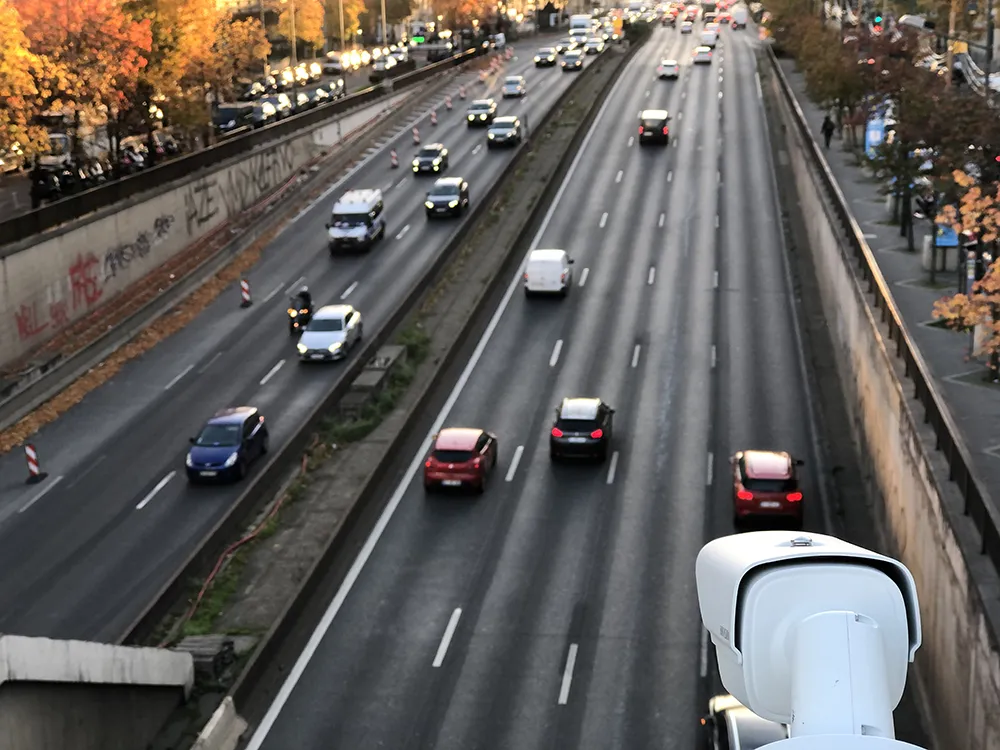Siqura, a member of TKH Group, has released Siqura Diva, an IP-based video management solution that offers a full-featured live viewing and playback user interface, with built-in intelligence for a number of applications. For instance, when combined with the company's IP cameras and codecs in traffic applications, Diva offers an ideal solution for a wide range of situations, including traffic data collection and vehicle tracking. The company claims that because the solution successfully manages the network
January 27, 2012
Read time: 2 mins

Besides supporting numerous subsystems, including access control, data synchronisation, intrusion and building management, Siqura Diva provides flexible XML data output to communicate its events to third-party applications.
Furthermore, it can integrate with a matrix switch to provide a hybrid solution. This ultimately facilitates migration from existing analogue infrastructure to an IP installation.










